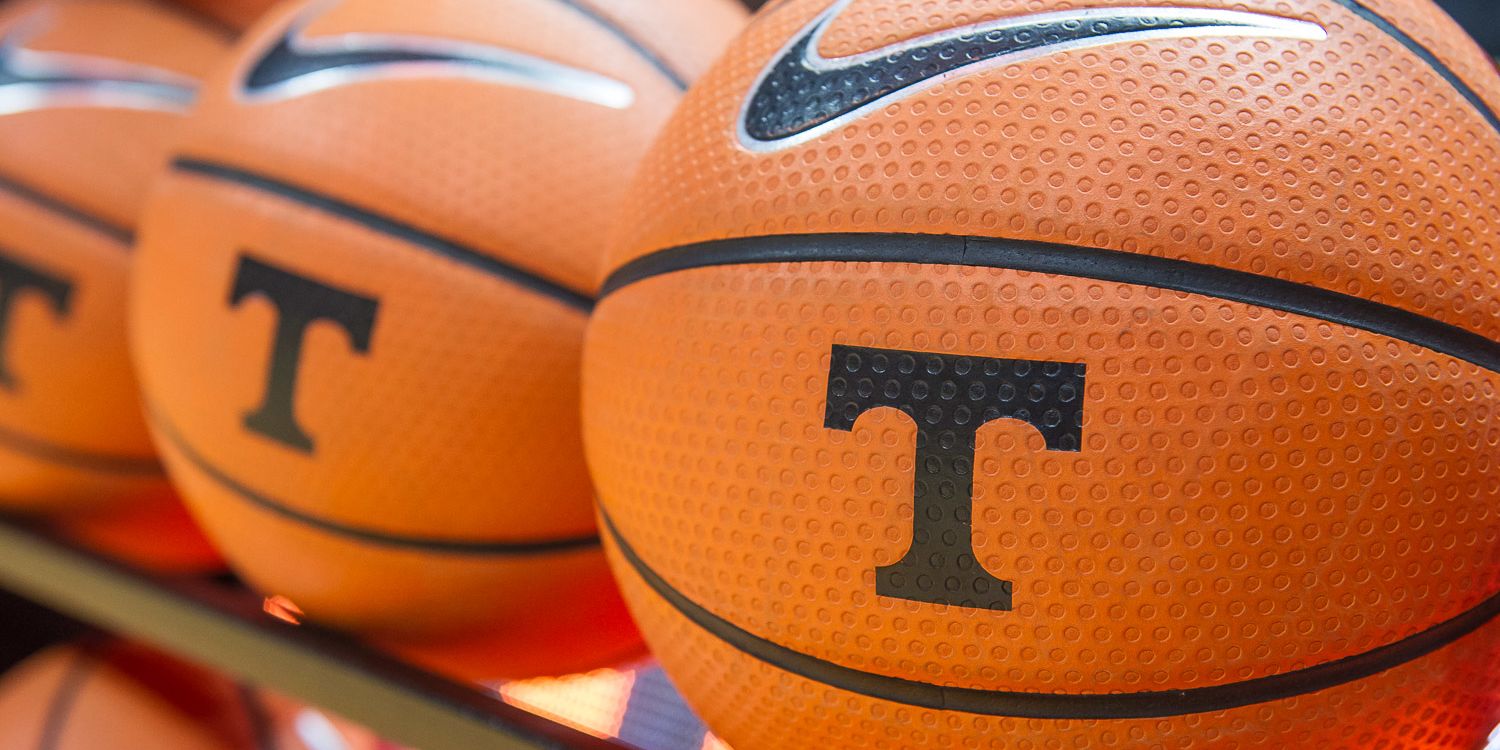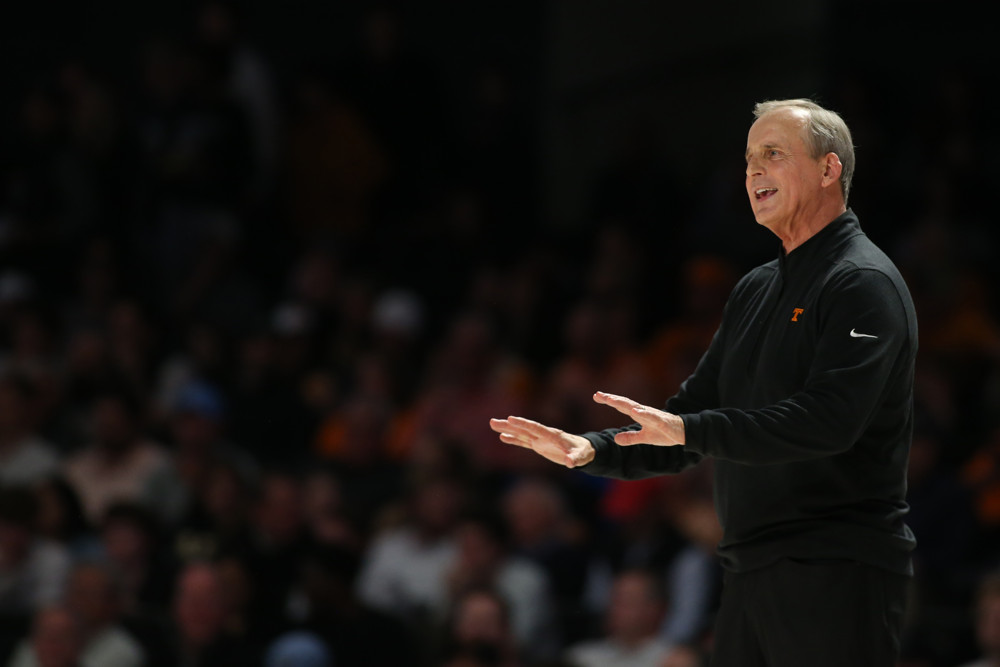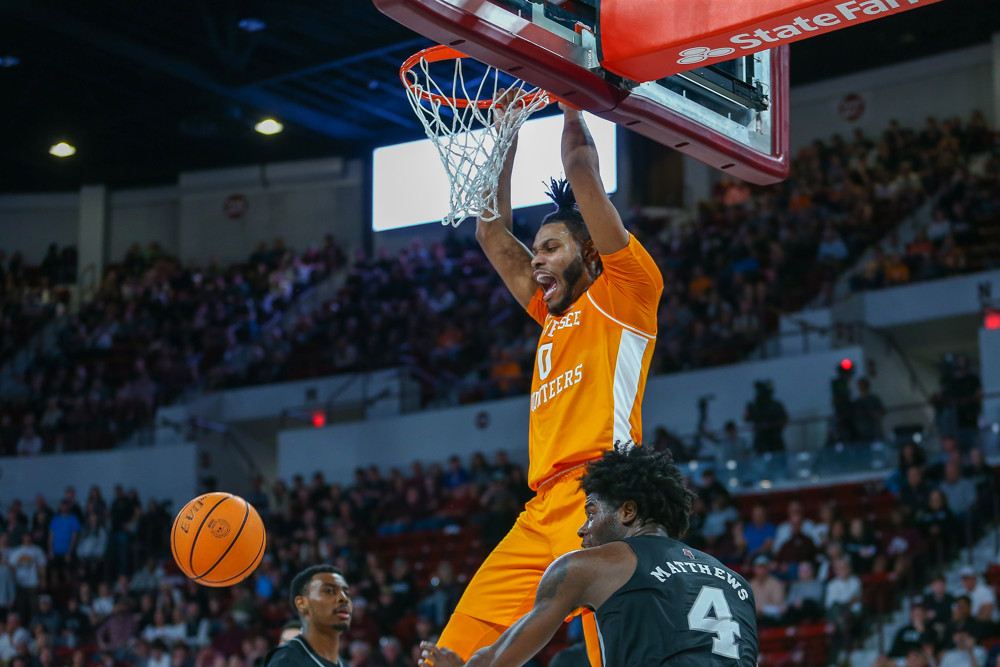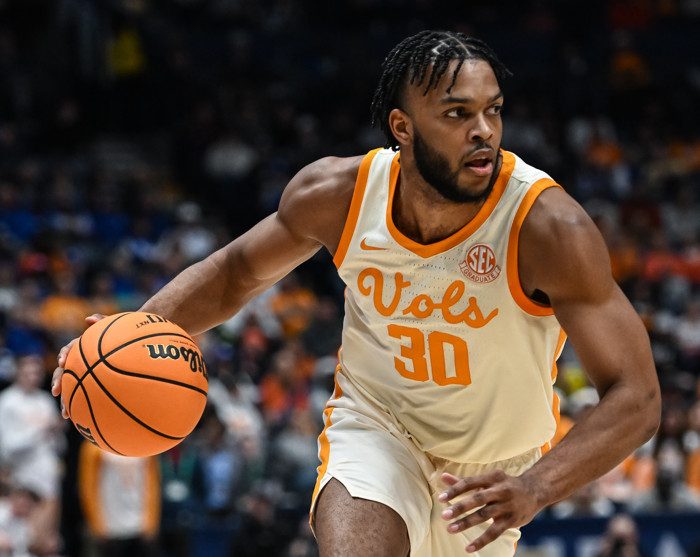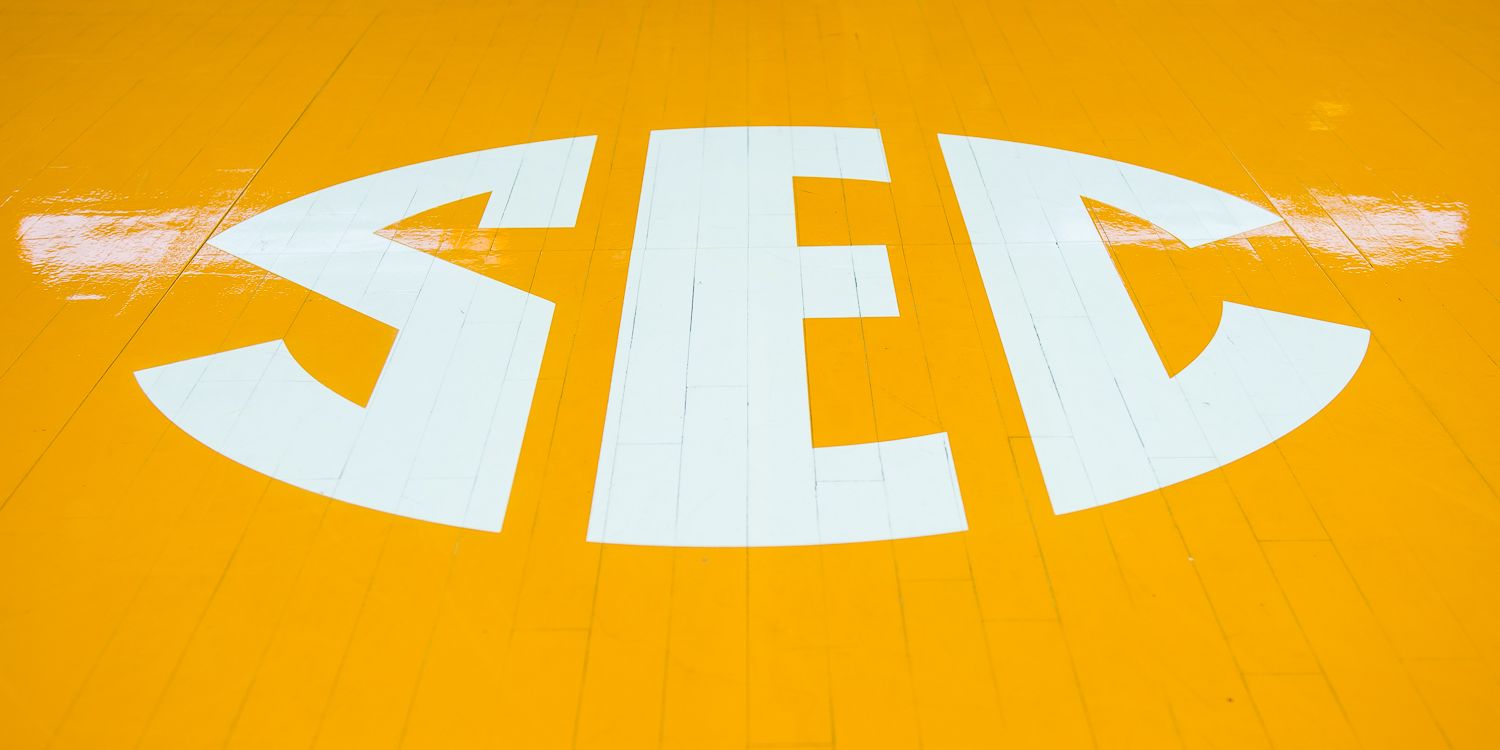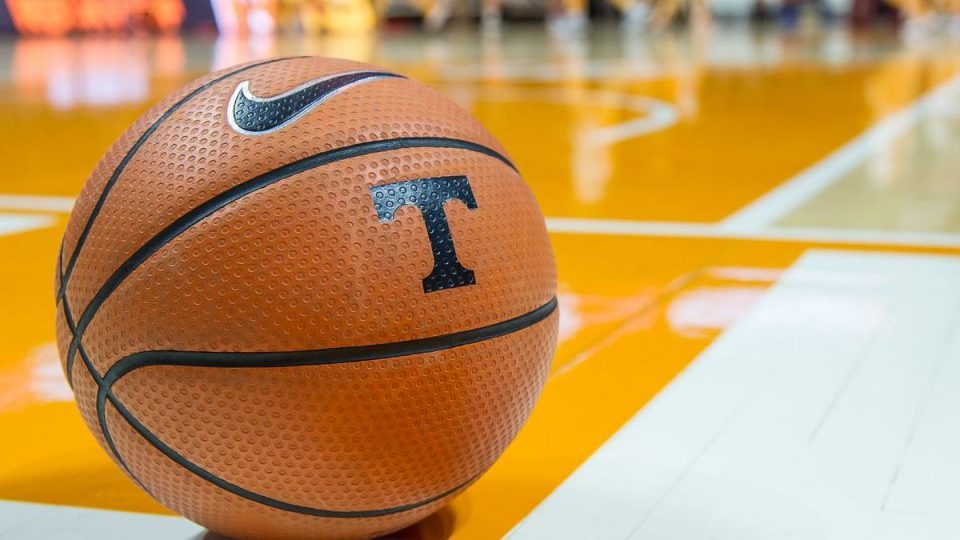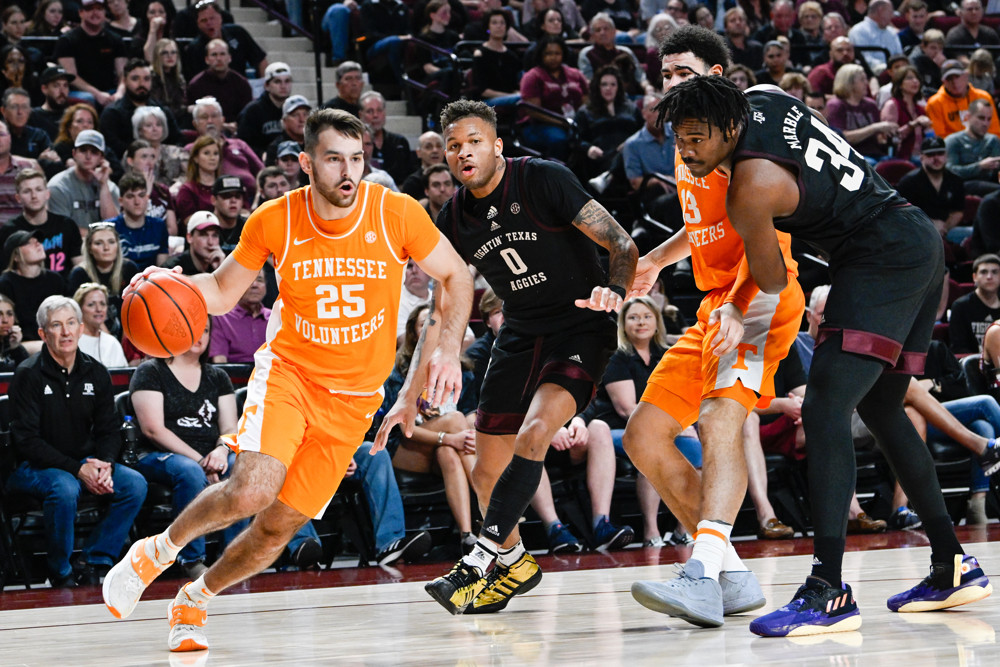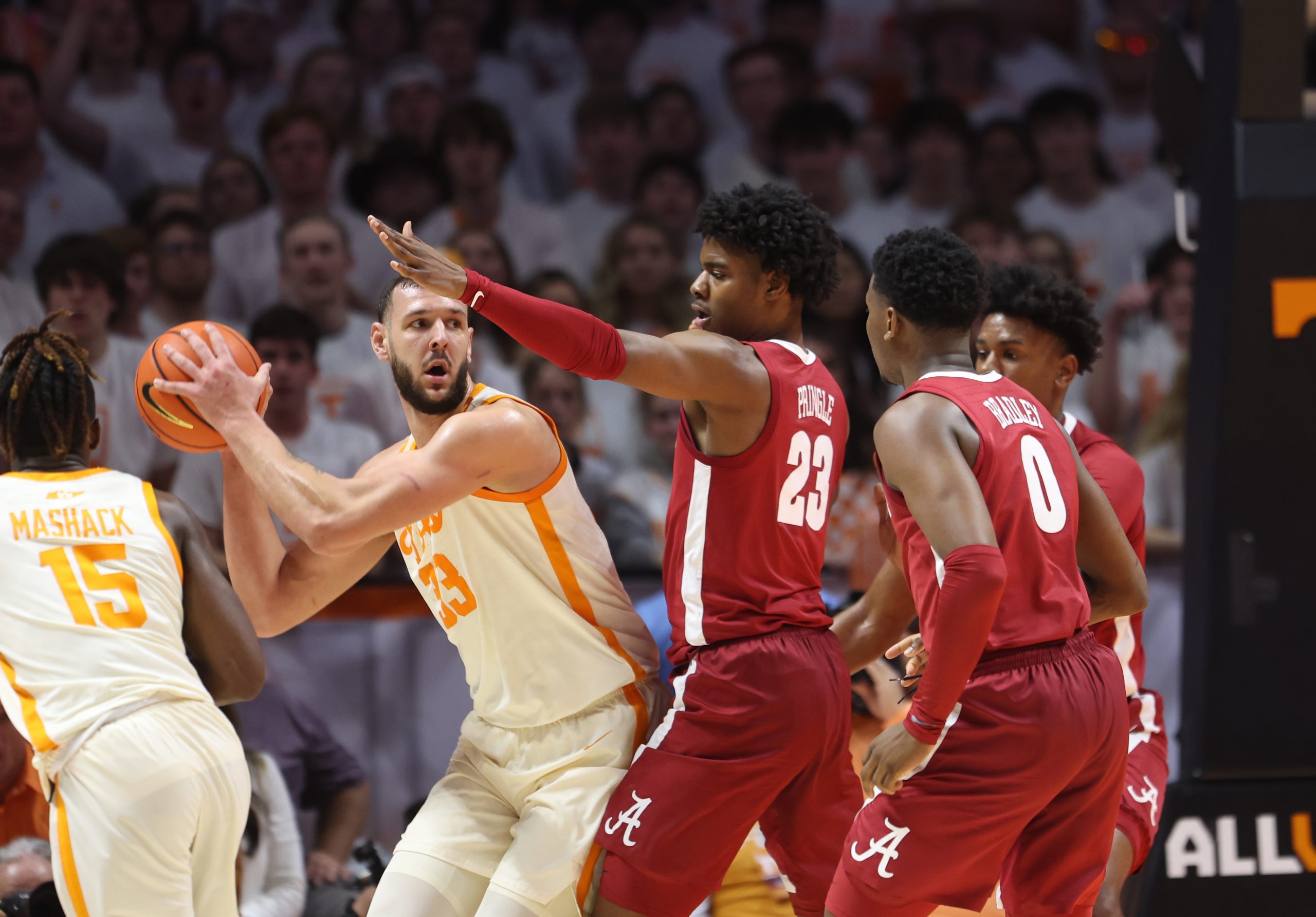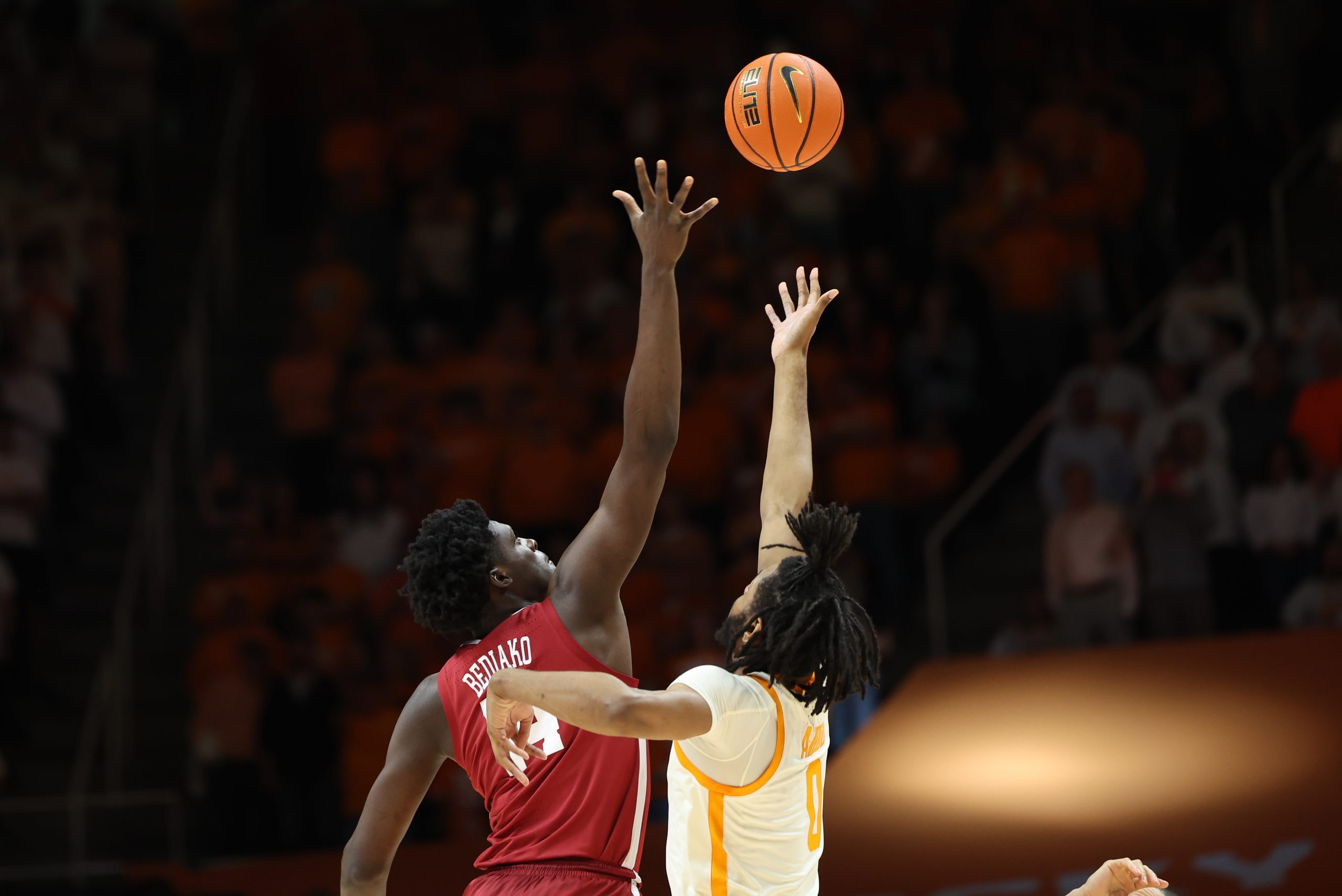Yes sir.
We’re no stranger to big wins these days; this team has three over one and two seeds this year alone. Rick Barnes and company have erased the ghosts of Rupp Arena, beat great Kentucky teams in Knoxville and Nashville, and took down top-ranked foes multiple times. In our most recent meetings, the Vols beat North Carolina by 17 and Kansas by 14.
Add Duke by 13 to the list. And give Barnes’ Vols a signature March moment, one of the greatest NCAA Tournament wins in school history.
In our first meeting with Duke since 2011 and only the second since 1980, we knew the post would be big. Uros Plavsic was tagged with two fouls almost immediately, and Olivier Nkahmoua exited early with four points as well. Duke pulled ahead 19-13 with eight minutes to play in the first half.
They scored two points the rest of the half.
Meanwhile, the Vols went to Durham, North Carolina’s Jonas Aidoooooooo:
In that same eight minute stretch, Aidoo had six points. On the day, he added five rebounds and three blocks. A sensational finish put the Vols up six at the break.
Speaking of Finnish…
What’s the best individual performance you’ve ever seen from a Tennessee player in the NCAA Tournament?
The answers in these moments can surprise you. Perhaps it’s the nature of high-level basketball, a counter on a counter on a counter when you’re several moves deep on the chessboard. Grant Williams had the defining performance in Game 7 of the Eastern Conference semifinals last season. Sometimes it’s those dudes.
At Tennessee? Melvin Goins came off the bench with 15 points on 4-of-5 threes, including a late dagger, against San Diego State in 2010. Jarnell Stokes put a 26-14 on UMass in the first round in 2014. It doesn’t sound as strange now, but Josh Richardson having 26 against Mercer in the next game was a beautiful surprise.
To me, the answer is Wayne Chism against Ohio State in the Sweet 16 in 2010, with 22 points and 11 rebounds in the program’s first and only win in that round. It is Tennessee’s best tournament win – and maybe thus its best win period – until the program advances further.
Thanks to Nkamhoua and these Vols, opportunity knocks.
Today’s win might not have been as big, simply by virtue of the round. But the individual performance? Twenty-seven points on 10-of-13 shooting, three threes, and five rebounds? Nkamhoua probably isn’t used to being undersized, but Barnes has had great success attacking uber-tall teams from Gonzaga, Kentucky, and today Duke with “undersized” fours. And no attack was ever better.
Or more consistent, and not just Nkamhoua:
- Duke cut the lead to 33-31 with 15:42 to play. Nkamhoua completed a three-point play to put the Vols back up five.
- Santiago Vescovi hit back-to-back threes around the 12:00 mark to keep the Vols ahead by three possessions.
- Kyle Filipowski cut it to 46-42 with 9:16 to go. Next two possessions: Nkamhoua jumper, Nkamhoua three.
- Tyrese Proctor cut it to 51-46 with 7:08 to go. Next two possessions: Nkamhoua jumper, Nkamhoua dunk.
And then, a defining image at the last:
It is Tennessee’s best tournament win in at least 13 years, and maybe its second-best ever. The next one would send Tennessee to the Elite Eight for the second time, the furthest we’ve ever been. We’ll have plenty of time to get to Florida Atlantic or Fairleigh Dickenson.
But today, the Vols trailed 19-13 with eight minutes to play in the first half, then outscored the Duke Blue Devils 52-33 the rest of the way home.
What a day. What a win. Much to be thankful for. Much to come.
Go Vols.

